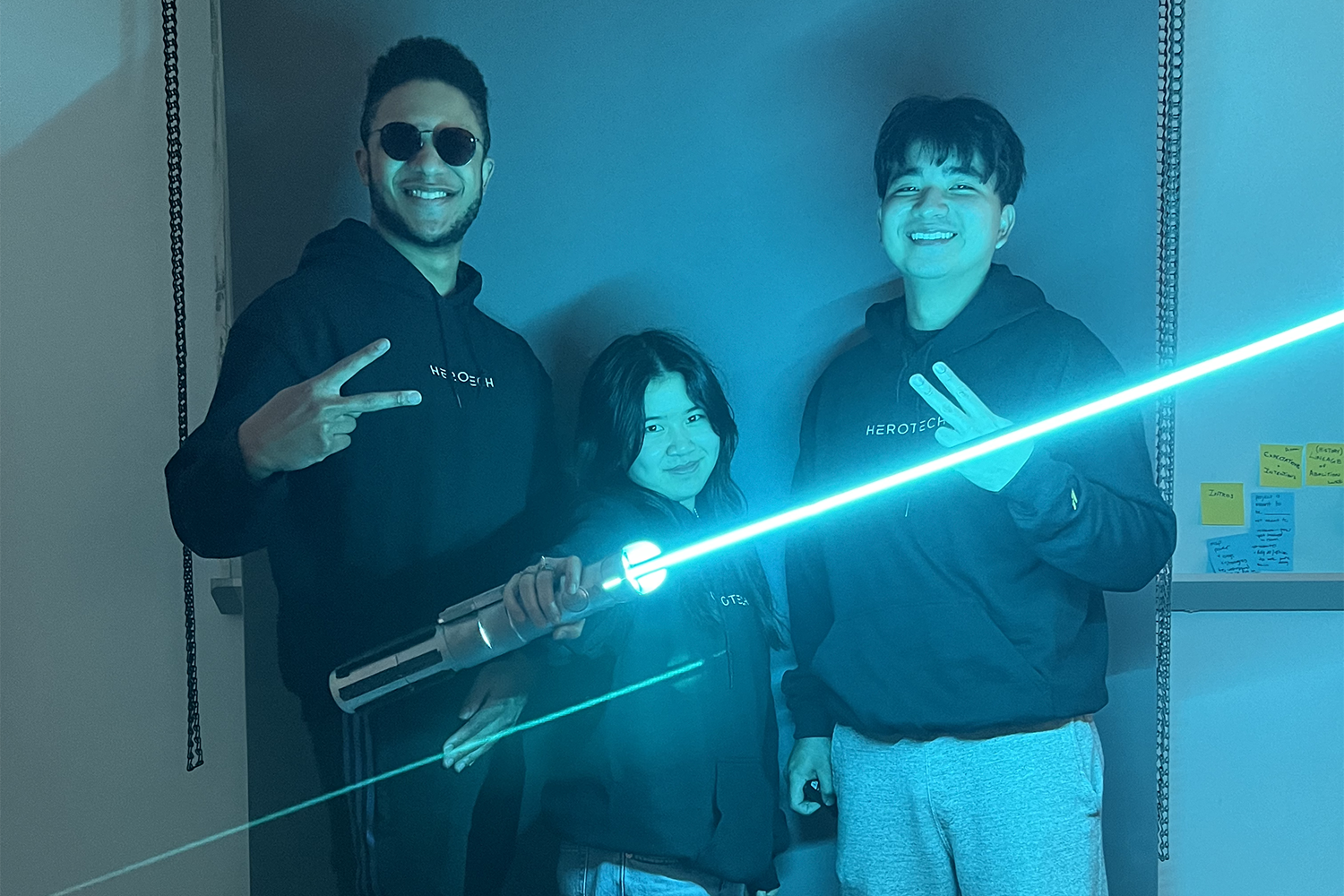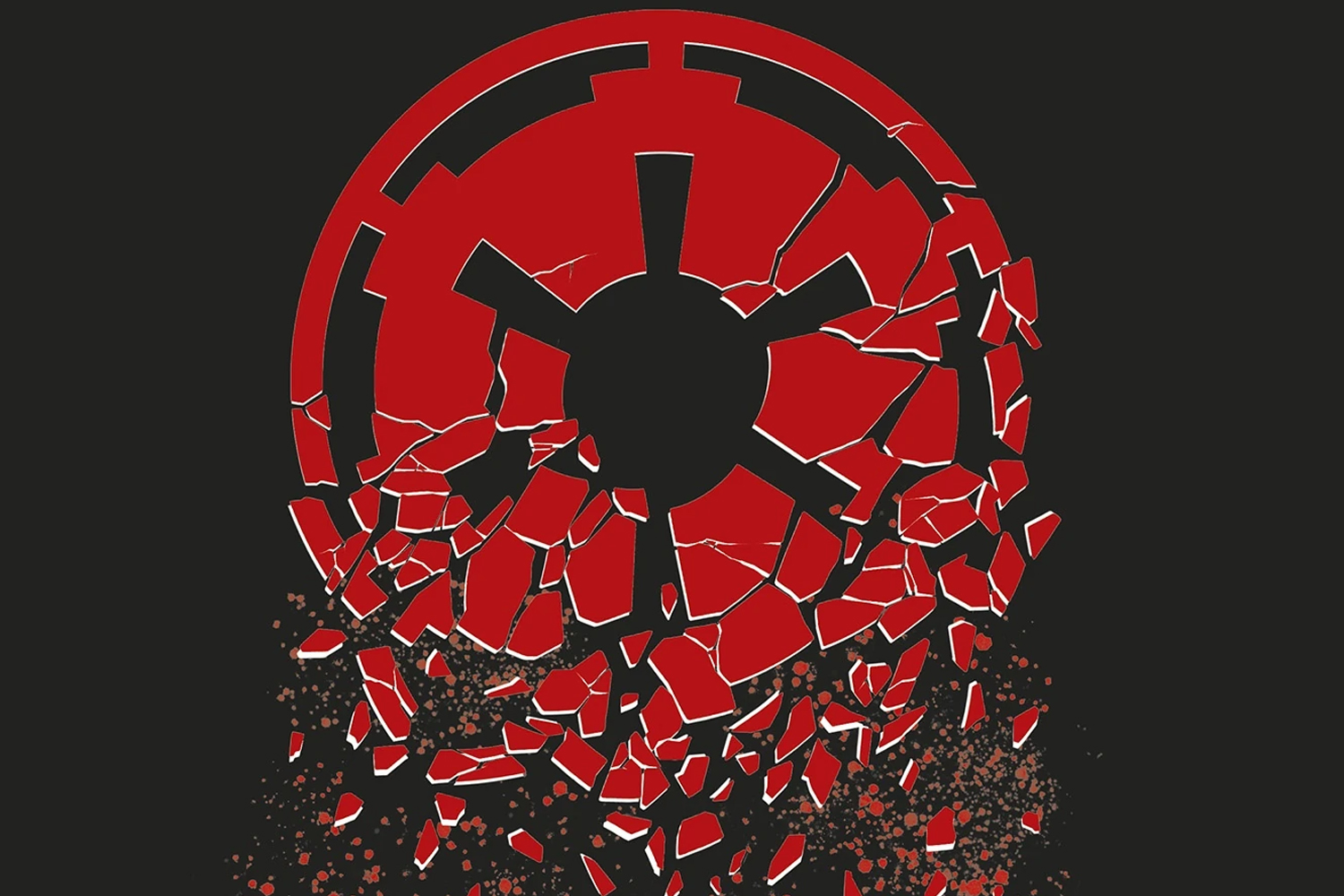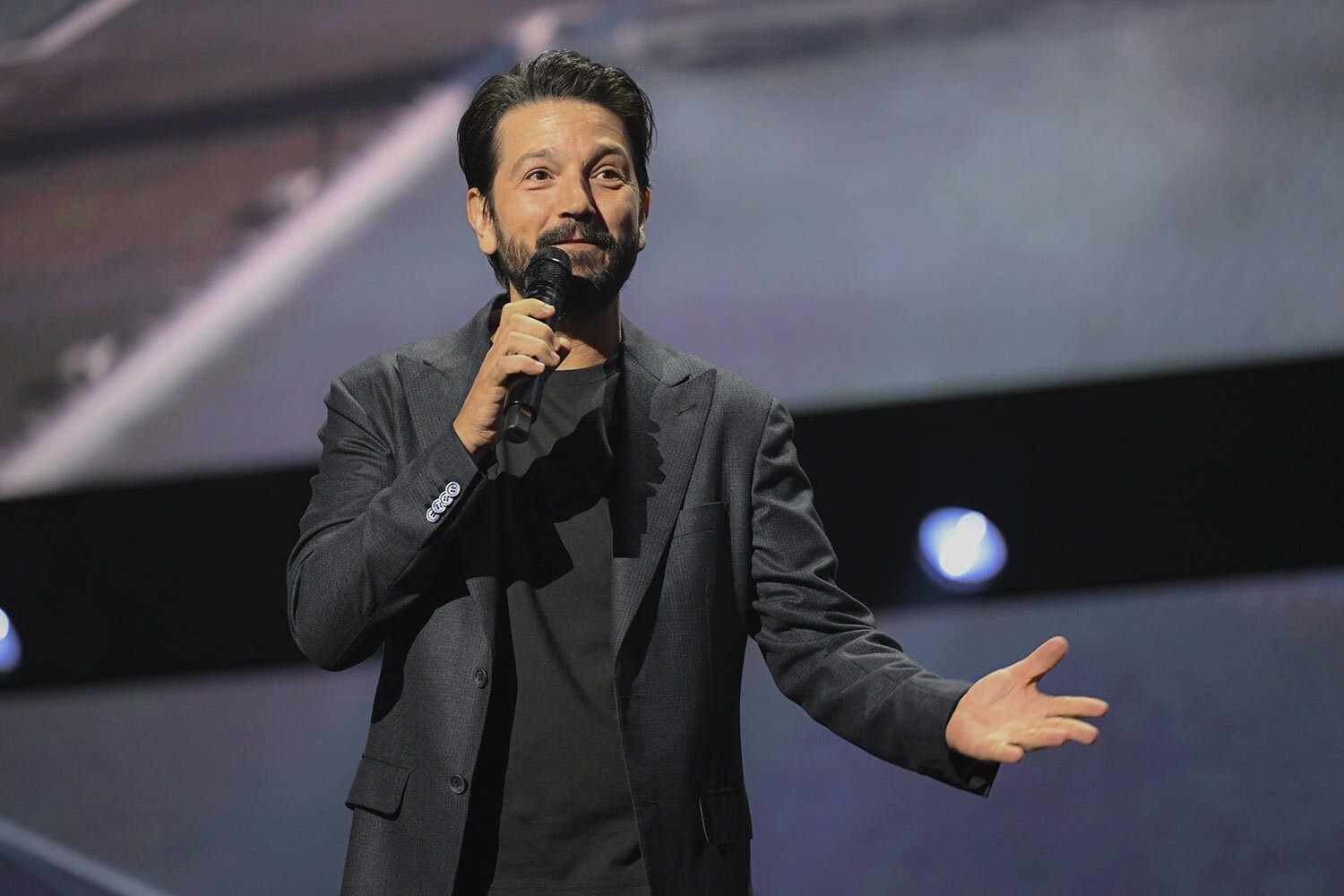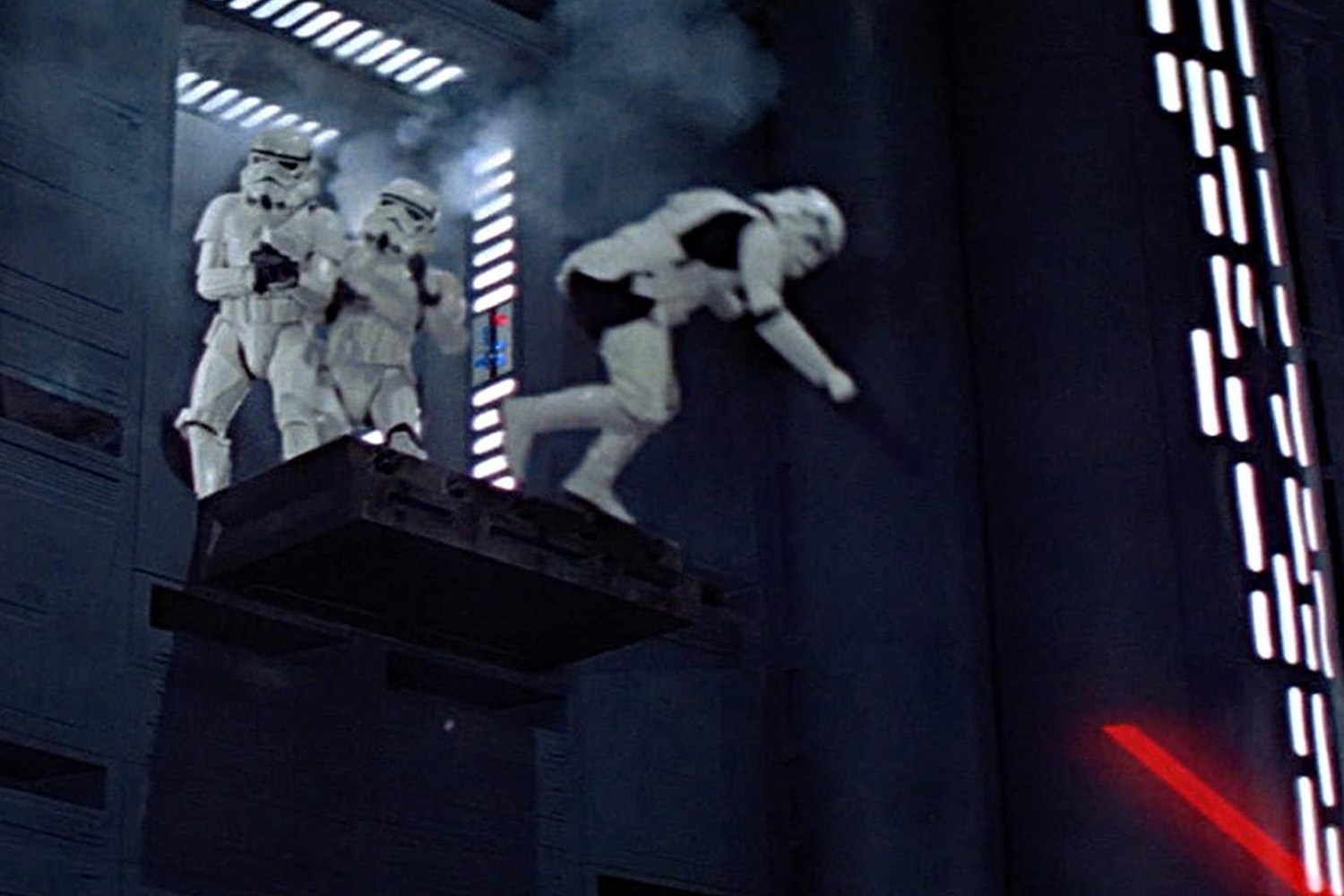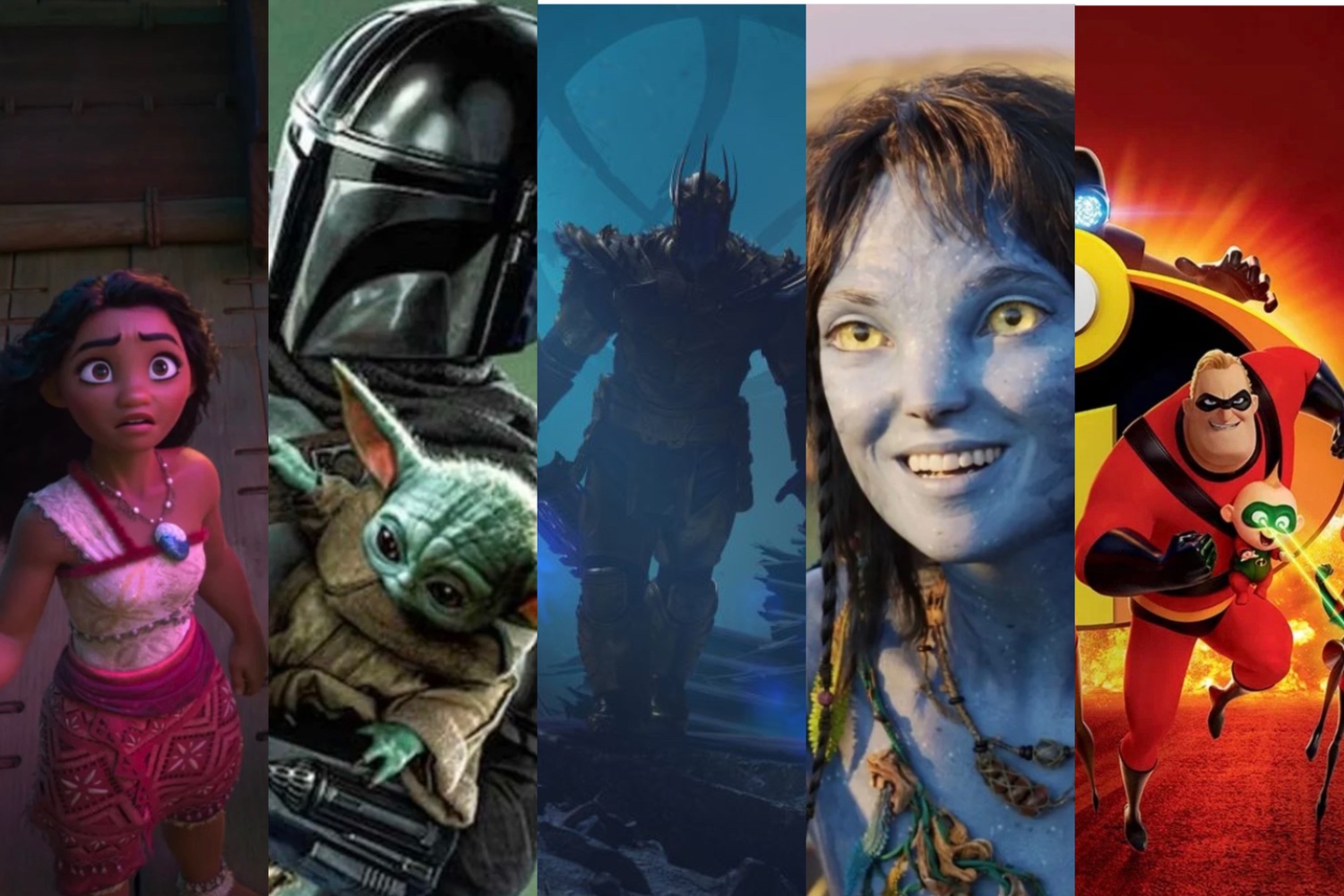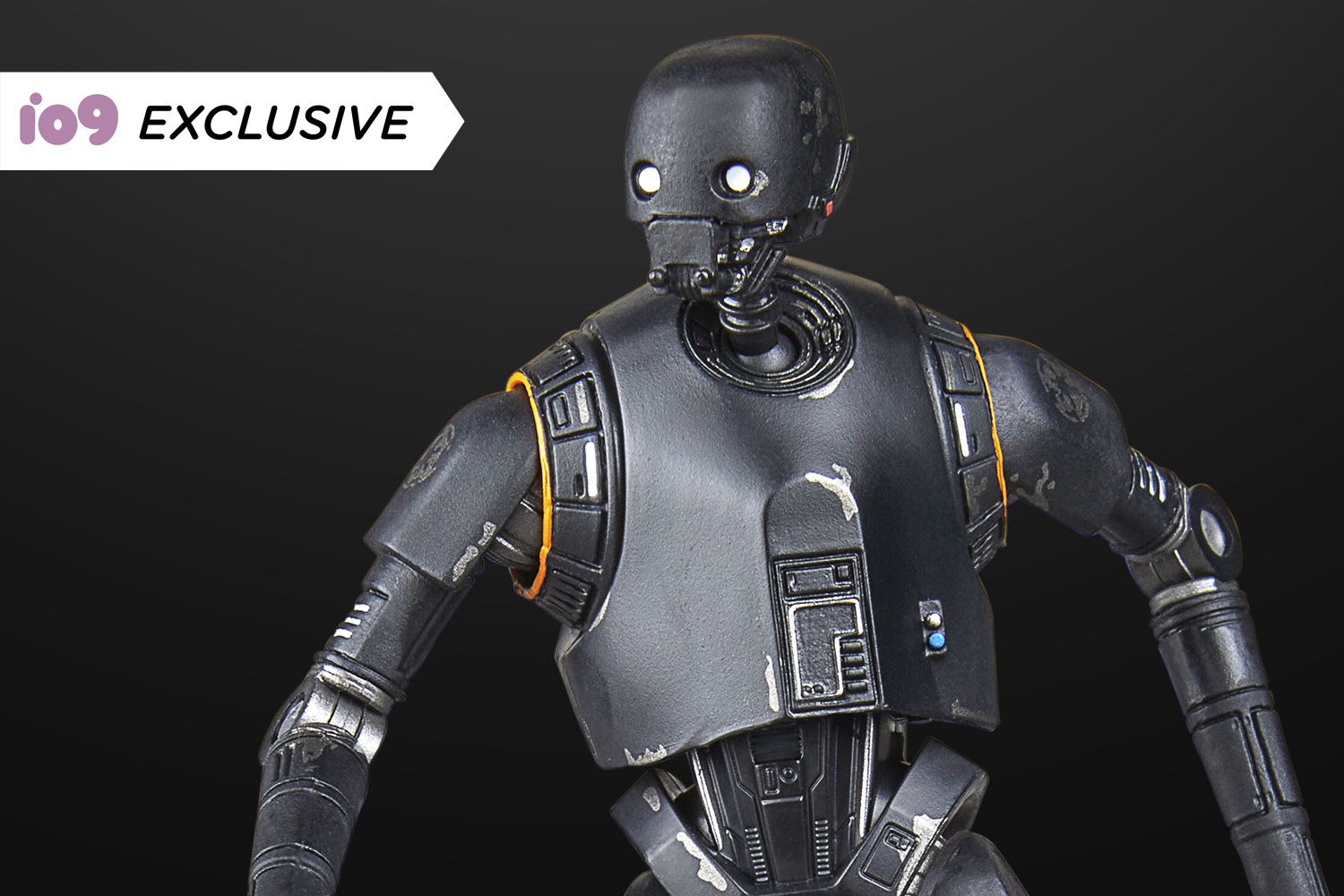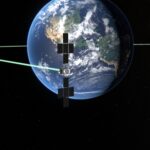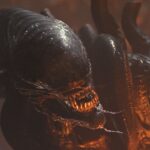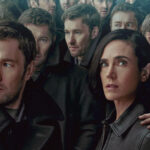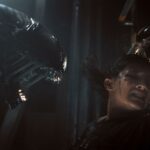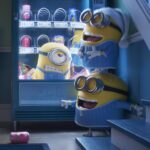Though George Lucas has pulled back into the role of executive producer with new movie and TV series Clone Wars, he’s still in the driver’s seat when it comes to the Star Wars universe. That’s why I spent the day out at Skywalker Ranch in Marin County, CA, yesterday, attending a press conference with Lucas and interviewing many of the key people involved in making Clone Wars happen. Though Lucas put Clone Wars in the hands of director Dave Filoni (whom he called his Padawan), the man behind LucasArts had a lot to say about the show’s direction, animation style, and why he’d rather pay engineers than big-name actors.
Once we passed the contemplative statue of Yoda and entered the Jedi retreat known as Big Rock Ranch — where Lucas Animation and Lucas Television are located — we got a chance to meet Lucas himself.
He began by saying that one of the best parts about Clone Wars is getting to know all the characters we never got to spend time with in episodes I-VI of the movies, which were basically a character study of “why somebody gets to be evil.” Explained Lucas:
Now we’re going to find out about Jabba’s family and what the clones are like. The series, the epic, is about one man. It’s very narrow. This [show] allows us to get out of dealing with the psychological underpinnings of why somebody gets to be evil.
It’s too bad [we jumped over the Clone Wars before] because it’s like World War II — it’s a huge canvas to be mined. [With this series] I got to fill in a blank and go around in a universe that’s not as restrictive and not as dark. It’s more lighthearted. The series will be more like Indiana Jones — episodic. And we used ideas from anime and manga too.
One of the main characters in the feature film, a 90 minute introduction to the series that hits theaters August 15, is Anakin’s teenage Padawan, Ahsoka. Lucas said:
[With Ahsoka] I wanted to develop a character who would help Anakin settle down. He’s a wild child after [Attack of the Clones]. He and Obi Wan don’t get along. So we wanted to look at how Anakin and Ahsoka become friends, partners, a team. When you become a parent or you become a teacher you have to become more respnsible. I wanted to force Anakin into that role of responsibility, into that juxtaposition. I have a couple of daughters so I have experience with that situation. I said instead of a guy let’s make her a girl. Teenage girls are just as hard to deal with as teenage boys are.
Another cool character we’re going to see in the Clone Wars movie, and throughout the series, is Asajj Ventress, an assassin partly-trained in the ways of the Force whose pwers are too wild to become a Jedi. She’s working for Dooku in the series. Director Dave Filoni explained:
Ventress was developed for Attack of the Clones — early on, they thought they’d have Sidious’ apprentice after Maul be a woman. Then they abandoned the idea of having Ventress be the next apprentice and used Dooku instead. But the concept art was there [pictured above] — they’d developed this character. We thought, “That’s a fan fave character [from the Expanded Universe] so let’s draw her out.” So now you have these two new women coming into the story at the same time — one is Anakin’s apprentice and the other is Dooku’s. That worked out very nicely for the story we wanted to tell.
One of the big questions a lot of people have about the new series is the look of the animation. Though it’s CGI, it’s not photorealistic; the characters are made to look like painted wooden puppets (a reference to the marionettes in the 1960s series The Thunderbirds). Lucas addressed this issue head-on:
We didn’t want to do photorealistic — photorealistic is what live action movies are. Animation is art. This is an art discussion – either you like photorealistic art, or you like something that tries to find the truth behind the realism. To me animation is about design and style. Our goal wasn’t photorealism — we wanted to use computers as paintbrushes.
Lucas also had a lot to say about how the studio put the animation together on a limited budget:
Art is also a technological medium. It has a lot to do with engineering. It’s a medium dictated by resources. That was daunting, since we wanted to push the limits beyond anything you’ve seen on TV. We wanted to take feature animation to television. Normally feature animation costs 20-30 times what TV animation does. So that was a challenge. We had to build a studio from scratch and develop new techniques from scratch. We also didn’t make it the normal way you make an animated feature. We treated it like live action feature – editing, rather than storyboarding. It makes a different kind of animated film, since we relied on cutting and editing vs. storyboards. If we can do something that will stand on its own as a feature film, then we’ve succeeded.
He added, rather bluntly:
This series is a test run for the live action series I’m working on. I’m trying to take Star Wars, which was a $50-million-an-hour adventure, and do it for $2 million an hour. It’s hard to do that and have them look the same.
Star Wars features are probably more than $50 million per hour, though the reported budget on Revenge of the Sith is $115 million. What Lucas does seem to be saying is that each half-hour episode of Clone Wars is budgeted at about $1 million. Producer Catherine Winder confirmed that Lucas Animation already has a 22-episode season complete, so Lucas has sunk $22 million into this series so far. But it’s likely much more, when you consider startup costs of creating an entire new division. And with 100 episodes planned, this series may end up costing more than a Star Wars movie.
Lucas was also quite blunt about why Clone Wars stars voice actors who aren’t big names:
$200 million is the typical license fee on TV series. Major actors make more than that on their coffee break. There are a lot of top actors who aren’t movie stars, and I don’t need to hire a big star to publicize a movie. I don’t need Angela Jolie to get you guys to come to a press conference. That’s why big studios use [big-name] actors for animated features. They’re paid for press stuff not for doing the movie.
So what’s next for Lucas? He’s working on the live action Star Wars series, which he revealed will include more “about the entertainment industry.” It’s also rumored to be gritty and dark. He also admitted that he’s begun work on researching the next Indiana Jones flick. He’s very interested in doing TV now, and that’s what his focus is on, he told reporters.
After the press conference, Lucas lingered in the hallways talking to reporters and shooting the breeze with Dave Filoni (we’ll post our interview with Filoni later this week). One had brought his five-year-old son, who had just seen the Clone Wars feature with the rest of us.
“Did you like it?” asked Lucas.
“Yes,” the boy said very seriously. “I would like to see it three more times.”
“Get that on film,” Lucas joked. But you could tell from his smile that he was genuinely delighted that his latest creation had reached his favorite audience. In the end, Lucas is still doing it for the kids.
